How climate change could affect the future of the FIFA World Cup
Experts highlight the unpredictable impacts of increased heat, pollution, rainfall, and more

FIFA's decision to host the 2022 association football Men's World Cup in Qatar was met with resistance – from the world of football and beyond.
One source of this resistance relates to the country's climate.
Since the first tournament in 1930, the Men's World Cup has taken place in the Northern Hemisphere summer. But the 2022 tournament moved to November and December to avoid the heat of a Qatari summer where temperatures regularly exceed 104 F (40 C).
This means games were more likely to be played in daytime temperatures of 77–86 F (25–30 C).
Lasting impact
Qatar 2022 likely won't be the last time the climate has a major impact on the Men's and Women's World Cups.
From changes in weather patterns that lead to droughts, intense storms, and acute heat waves, to a reduction in the quality of the air we breathe, climate change has a major impact on society. And sports are no exception.
In this article, four of the world's leading researchers highlight ways in which climate change could affect the future of the FIFA World Cup, association football, and other mega-sporting events.
"FIFA and national associations will need to continue to be flexible with the timing of future World Cups..."
Dr. Daniel Scott:
Climate change poses two central challenges for FIFA and future World Cups:
1. Reputational risk
First is the reputational risk resulting from high emissions associated with the World Cup and any international mega sporting event.
We have seen the climate change and human rights reputational risk play out in the media since Qatar was selected to host the 2022 World Cup.
Climate groups and politicians are rightly skeptical of net-zero claims of organizers when the emissions associated with major construction, air-conditioned stadiums, desalinated water for pitches, and the need to fly in spectators from neighboring countries because of limited accommodations increase its carbon intensity above other hosts. And, there is no third-party audit of the massive carbon offsets required to achieve this commitment.
The optics of the massive emissions associated with this World Cup beginning just as the world concludes another round of very difficult climate negotiations at COP27 in Sharm El Sheikh, Egypt are not positive for the world’s beautiful game. This is particularly the case as climate justice and the inherent inequity of climate change, as well as strengthened accountability of turning ambitious emission reduction pledges into measurable progress, are expected to be prominent at Sharm.
FIFA must do better than pledges of carbon-neutral games achieved principally through offsets, often with unknown quality and climate effectiveness.
FIFA needs to set contractual obligations for low-carbon World Cups that include requirements to purchase certified sustainable aviation fuels or gold-standard offsets for FIFA/team/officials travel, facilities construction, and operations, and require third-party audits of emission accounting.
Only through such transparency and accountability will the world and fans know every effort has been made to minimize the climate impact of future World Cups.
FIFA and World Cup organizers need to assess and take responsibility for scope 3 emissions associated with the travel of fans to the games.
Organizers tout the economic benefits of the World Cup, including its associated travel and tourism. With those economic benefits comes the responsibility for any associated adverse impacts.
2. Physical climate risk
Second is the physical climate risk, principally extreme heat, to athletes, officials, and spectators.
The Qatar World Cup is illustrative of the need to understand and adapt to physical climate risks.
The eventual shift of the World Cup from its usual June-July schedule to November to avoid dangerous summer heat is a harbinger of what will need to be considered for future World Cups.
Dangerous heat is not restricted to Qatari venues. Unexpected heat waves have seen temperatures in June-July exceed 104 F (40 C) in Moscow, London, and Seattle in recent years. The July average temperature in Dallas is over 97 F (36 C).
These temperatures don’t reflect the micro-climates of stadiums – which we know too little about – and how effective heat attenuation strategies are for athletes and spectators.
FIFA and national associations will need to continue to be flexible with the timing of future World Cups. FIFA should require detailed stadium-level climatological analyses and heat contingency plans for each venue to be part of any future World Cup bid to protect the safety of the athletes.
Dr. Daniel Scott is University Research Chair and Director, Climate Change Programs at the University of Waterloo. His research focuses on the human dimensions of global environmental change, climate and society, and sustainable tourism. He regularly publishes his research in journals including the Journal of Sustainable Tourism, Tourism Recreation Research, and Journal of Leisure Research.
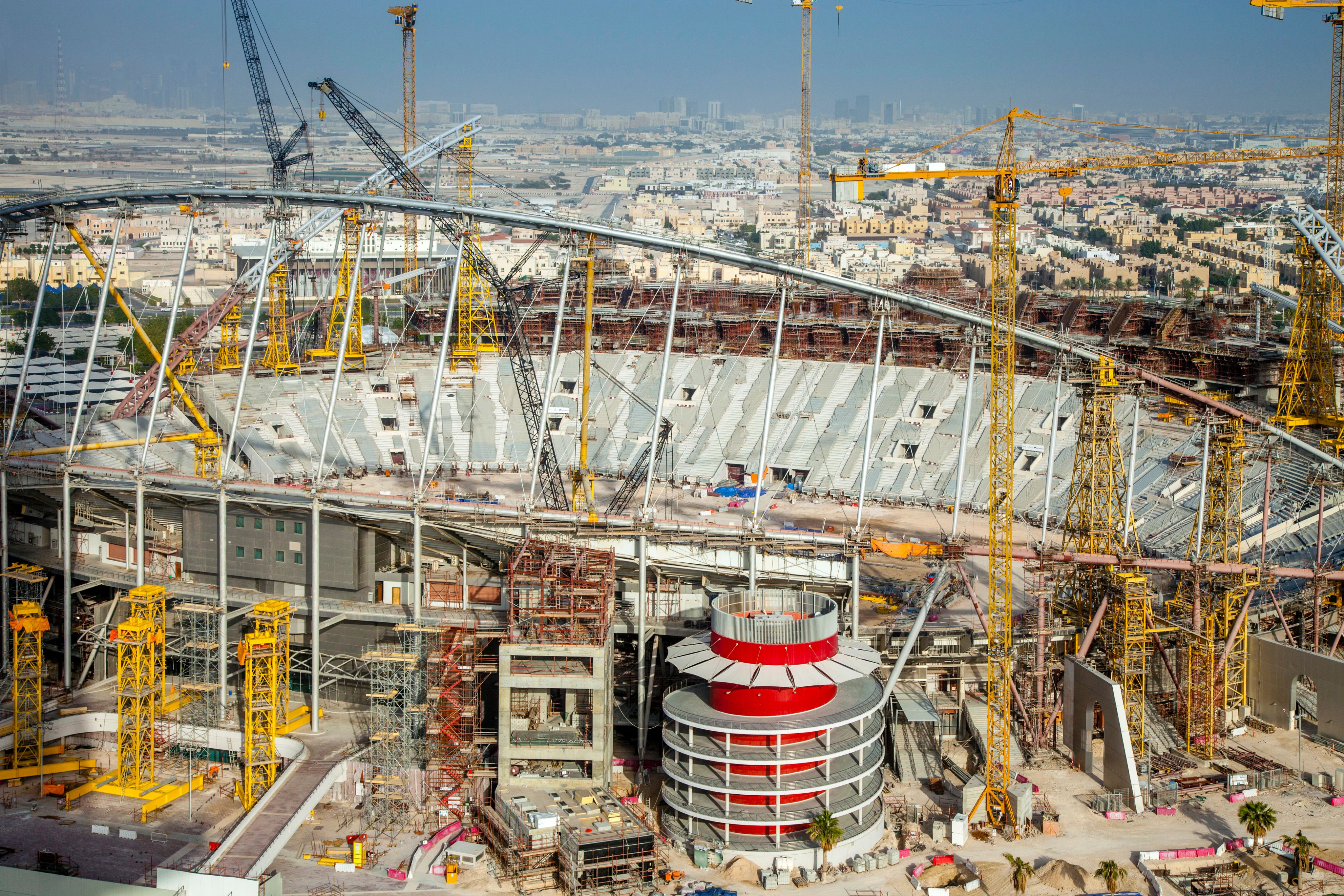

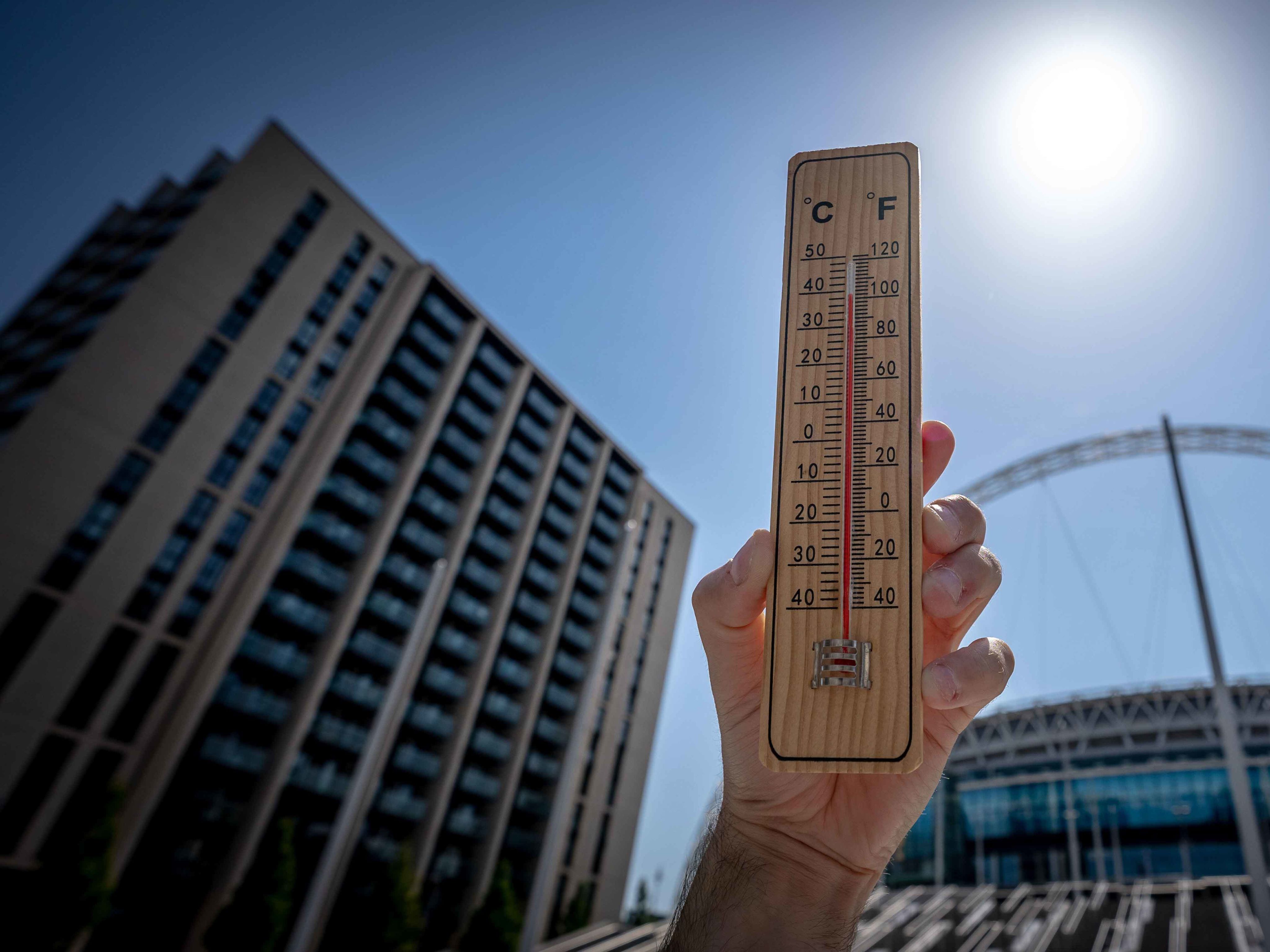
"Athletes may find it harder to breathe..."
Dr. Lisa M. DeChano-Cook:
Climate change could affect the future of the Men’s and Women’s FIFA World Cup in many ways.
Effects of heat on participants and the ball
Depending upon where the World Cup is held, the risk of heat exhaustion and heat stroke for athletes, referees, and spectators will increase. The hotter and more humid the venue, the more the risk increases.
Increased temperature may have impacts on the soccer ball itself.
As temperature increases, so does the temperature inside the ball, giving it an overinflated effect. This, in turn, impacts how far and fast a ball will go when it is kicked, which players then have to take into consideration if they are trying to pass to a teammate or block a potential goal.
Air quality
If FIFA World Cup fields are in or near major global cities or places prone to wildfires, air quality may become more of an issue with climate change.
Athletes may find it harder to breathe because of pollutants in the hot air, which will decrease lung function and reduce blood flow.
Effects of rainfall
Some FIFA World Cup venues may see a large increase in rainfall.
If this does occur, flooding may be an issue for some stadiums. Draining this excess water is no small task, and drying out fields for competition takes time.
Heavy rains during a game could lead to slippery conditions and the potential of athlete injuries. Players will also have an increased problem keeping warm, especially if they are not moving on the field (such as at halftime or on the sidelines).
An increase in storms could also lead to an increase in the lightning strike hazard. Sometimes these storms move into an area quickly. And because lightning can strike from some distance away (up to 16km), players and spectators may not even know they are in range of a lightning strike.
Rising sea level
Rising sea level (RSL) may be an impact that World Cup venues will need to deal with.
Any stadium or city that sits at or just above sea level will have to contend with flooding issues. RSL will also impact players from island nations because these players will be forced to relocate and potentially find new teams for which to play. These teams may not be part of FIFA World Cup events currently, but they will certainly have no chance of being included if their island is wholly underwater.
Effects on host location
In addition, cities that have hosted the FIFA World Cup in the past may no longer be viable venues in the future due to climate change.
However, cities that may not have been considered as good host cities may become more appealing because temperatures and rainfall are not as extreme.
Enhancing reputation
There are a few other potential bright spots that climate change could bring to FIFA World Cup competitions.
For instance, these events could highlight their modifications and adaptations to climate change to show spectators what is being done by their sport to combat climate change.
Teams participating in World Cup events could highlight what they have been doing on a more regional or local scale, which may impress upon people more locally to act more sustainably.
Dr. Lisa DeChano-Cook is a professor in the Department of Geography, Environment, and Tourism at Western Michigan University. She's an environmental geography and sports geography researcher and has published research in journals including Physical Geography and International Research in Geographical and Environmental Education.
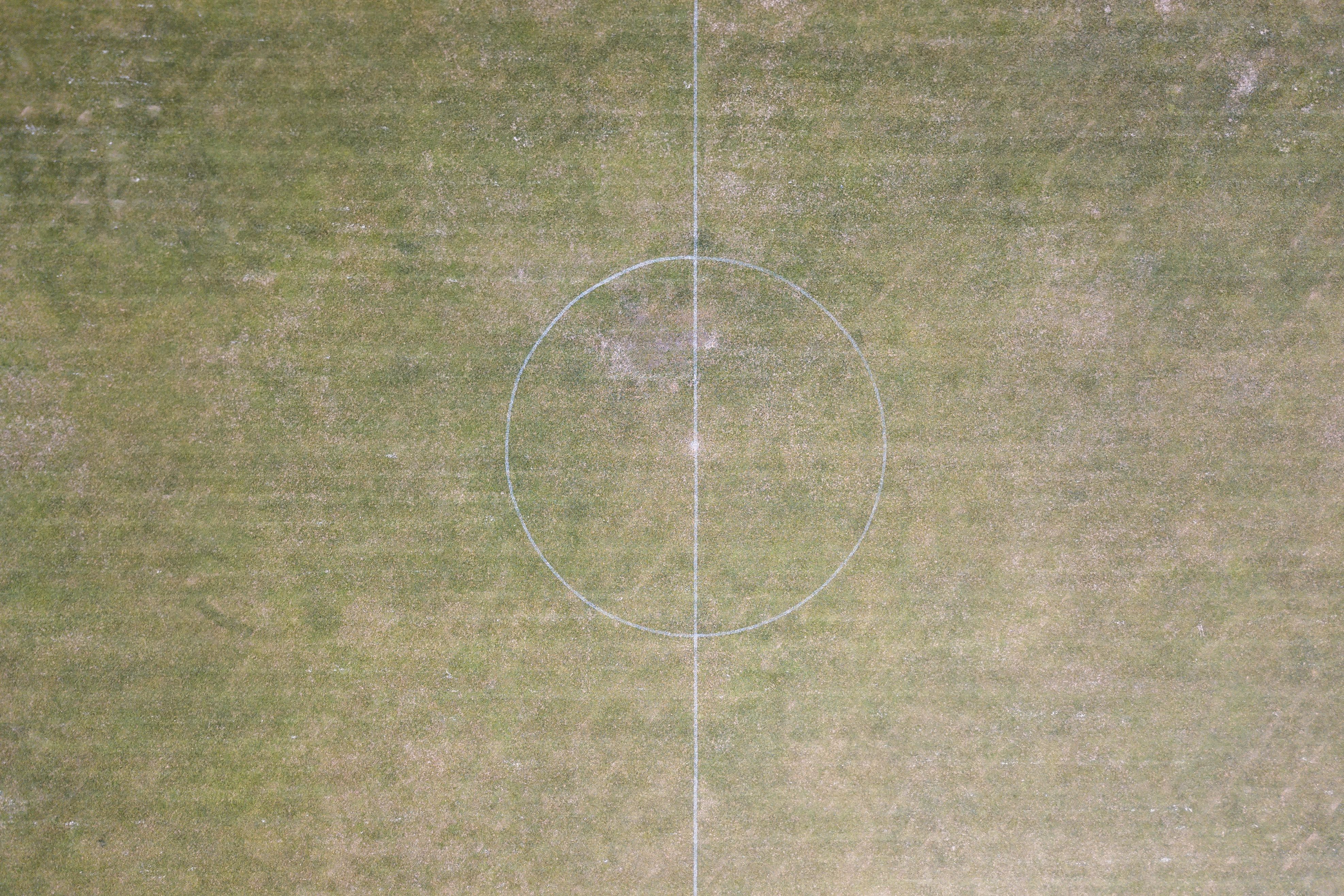

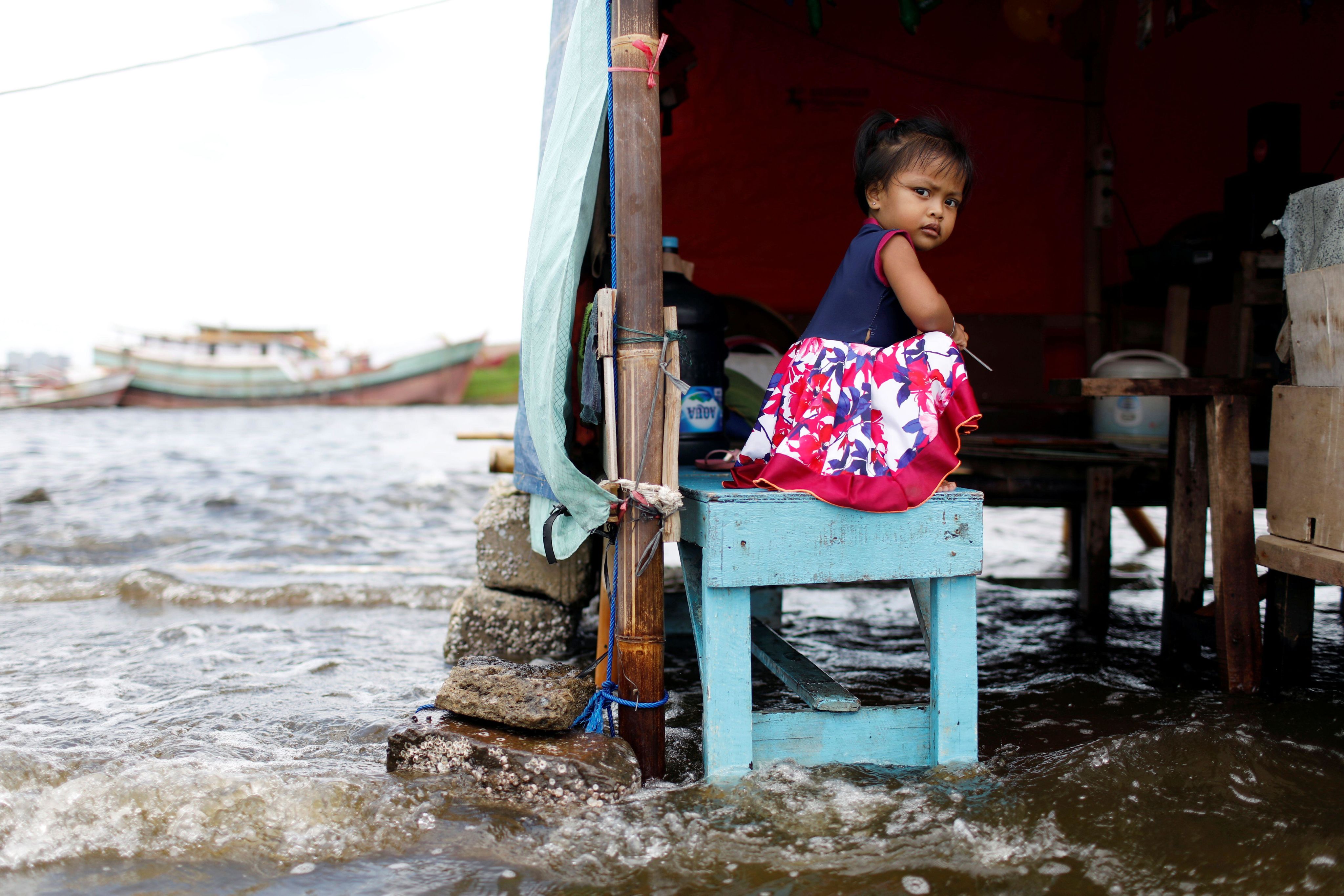
...we can anticipate more challenging conditions for players, referees, and fans...
Dr. Greg Dingle:
How might the future of FIFA’s World Cups, for both men and women, be affected by climate change?
This is a difficult question to answer with any precision. This is because climate change is a complex, geophysical, non-linear, multi-decadal phenomenon. It has complex drivers that are characterized by significant uncertainties at the local scale.
Whilst there is a broad scientific consensus that climate change is global in scale and driven overwhelmingly by greenhouse gas emissions produced by humans since around 1750, at the local level, there are significant uncertainties about what sports generally, and football specifically, can expect.
To illustrate this point, while planet Earth is unequivocally warming, this is not uniform. The highest increases in average temperatures have been in polar regions, while increases for equatorial regions are not as great.
And therein lies a key problem. All sports, including football, is played at a local level. Even FIFA’s signature events, the FIFA Men's World Cup and FIFA Women's World Cup, are played at specific places at specific times. While the scope of football is global, its interaction with weather patterns is always experienced by people – players, officials, and fans – at the local level. And it’s difficult for climate scientists to predict what future climate impacts at a particular time and place will be.
Uncertainty reigns.
So what can we say about the future of the FIFA World Cups during an era of climate change?
Challenging conditions
On a warming planet, we can anticipate more challenging conditions for players, referees, and fans, especially if the World Cups continue to be scheduled in warmer months.
Historically, the men’s version of the World Cup was scheduled for Northern Hemisphere summers. From Italy in 1934 (May 27–June 10) to Sweden in 1958 (June 8–29) to Russia in 2018 (June 14–July 15), the tournament has essentially been a June–July event in order to minimize disruption to European football competitions.
In future decades, June–July World Cups are likely to be less problematic… if limited to the Southern Hemisphere!
Scheduling future World Cups for the peak of summer is likely to result in increased incidence of heat stress and heat illness for players and referees. FIFA’s decision to reschedule the 2022 Qatar World Cup from the originally proposed June–July timeframe to the less dangerous but still problematic November–December period, indicates possible rescheduling of future tournaments.
The scheduling of the FIFA 2023 Women’s World Cup for the Australian and New Zealand winter (July–August) is a wise choice for the health of players and referees.
Disruption and economic costs
A second consideration for future FIFA World Cups is the possibility of disruption and associated economic costs.
A theme of recent sport-climate research has been the higher costs imposed on sports by disruptive climatic extremes.
While Typhoon Hagibis’ rainfall and flooding disruptions of the 2019 Rugby World Cup in Japan were relatively minor, sports is being increasingly challenged by climate hazards – extreme heat and drought and extreme rainfall and flooding.
And while major sports stadiums are generally designed for effective flood mitigation, the 50,000-seat Brisbane football stadium has twice been inundated by flood waters (2011 and 2022). Climate hazards can result in delays and rescheduling, which means lost revenues and higher operating costs.
Adapting to climate change
While the future of FIFA’s Men’s and Women’s World Cups is likely to be more challenging, humans have significant adaptive capacity.
As sport-climate researcher Dr. Madeleine Orr has argued, sports organizations can develop the capacity to accommodate changes with minimal disruptions and costs.
FIFA’s recently announced climate strategy is a good example of this, and a sensible step forward in developing football's capacity to adapt to the challenges that likely lie ahead.
Greg Dingle, Ph.D., is a sports management researcher at the Centre for Sport and Social Impact, La Trobe University, Melbourne, Australia and Co-Editor of Sport and Environmental Sustainability. Greg specializes in climate risks, impacts, and adaptation for the business of sport.
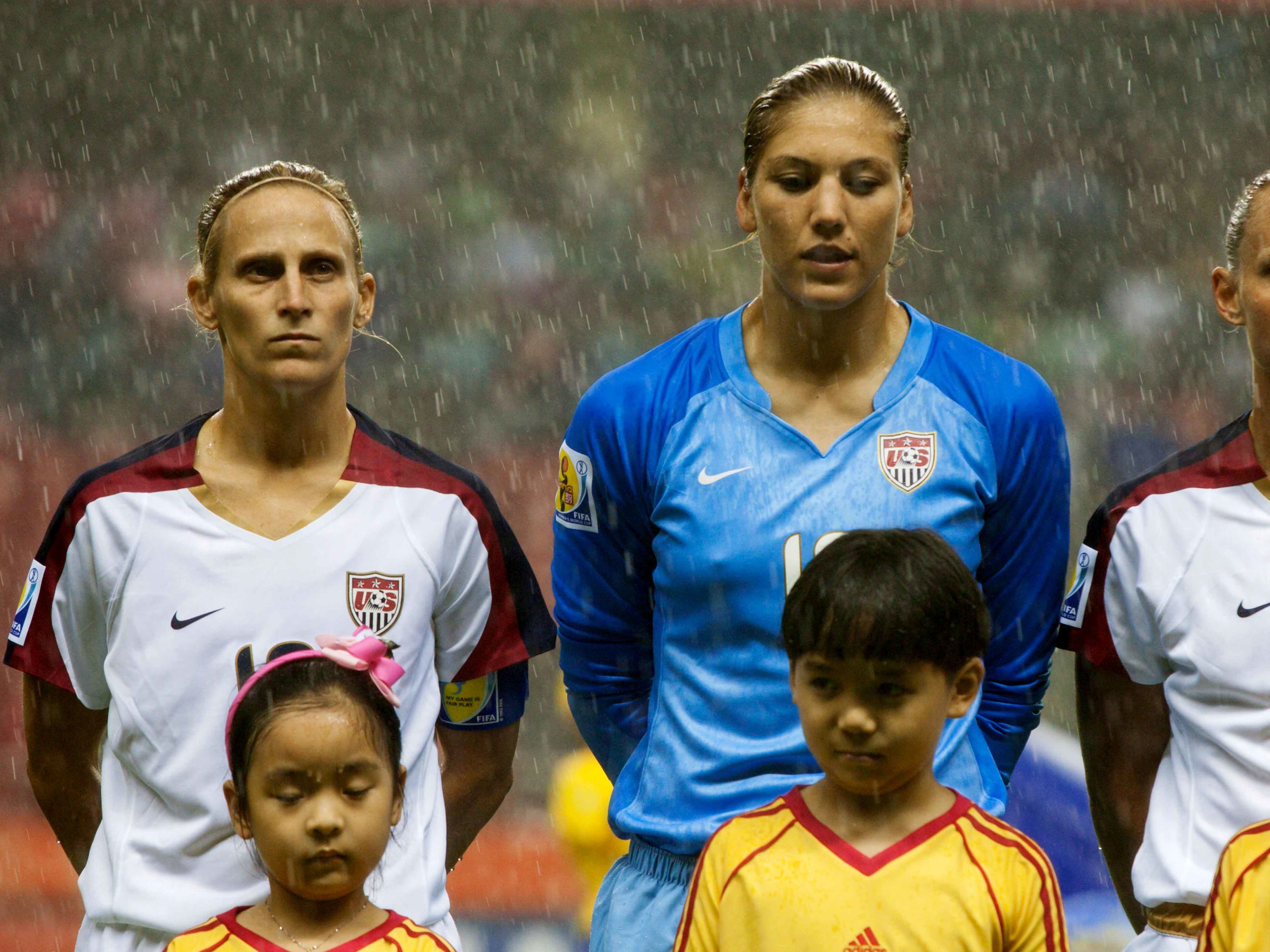

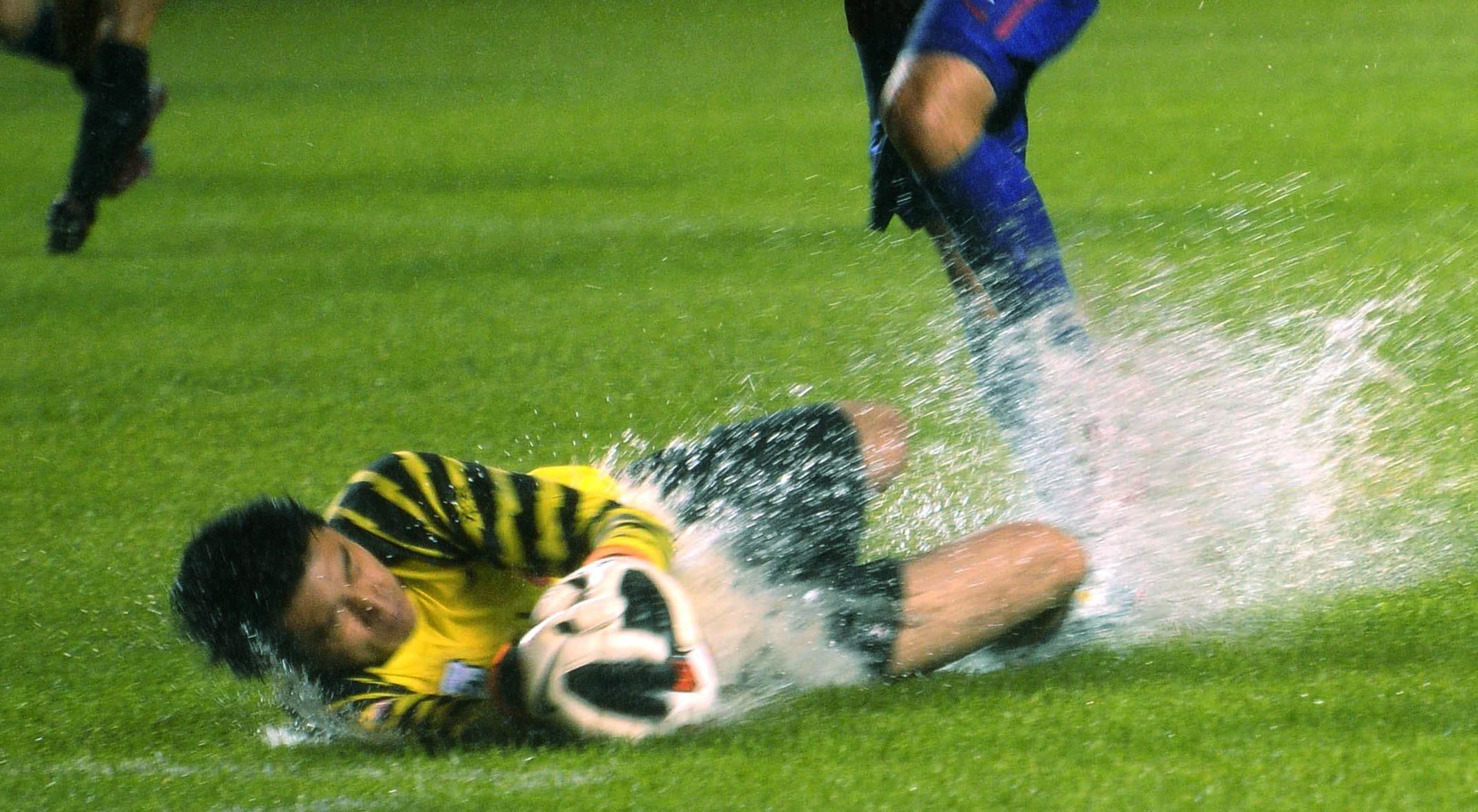
"The consequences of inaction might be dire for both mega-events and casual football globally..."
Dr. Walker J. Ross:
Climate change will have far-reaching impacts on the future of all sports, but will be prominently on display for sports mega-events like FIFA World Cups.
Such global events that move from location to location with each new iteration of the event leave themselves particularly exposed to some of the impacts of climate change.
My colleague Dr. Madeleine Orr and I have published a paper that used the best available climate data and climate change reports to make predictions of climate impacts for the next few rounds of FIFA Men’s and Women’s World Cup events.
To understand these phenomena, there are a few areas of environmental concern to follow:
1. Temperature
Global temperature rise is one of the major concerns of climate change. Warmer conditions impact the playing abilities and safety of athletes as well as the general safety of spectators, officials, and others in attendance at World Cup events. They will be, on average, warmer in the future.
It is possible that we may see more shifting of the calendar for FIFA World Cup events from the normal July–August timeframe to other times of year that see cooler temperatures (similar to the decision for the Men’s World Cup in Qatar).
Otherwise, water breaks might change from an occasional practice to the norm in football.
2. Precipitation
Changes in climate lead to changes in precipitation patterns both towards drier and wetter extremes.
Drier conditions could be unsafe for participation and may not be conducive to the growth of grass, which would then require more irrigation demand.
Wetter conditions could flood pitches and render them unplayable.
Warmer water conditions in the oceans lead to stronger and more frequent tropical weather events. For coastal host communities, this will be an area of concern.
3. Air quality
The main villain in air quality has long been pollution, but another more frequent concern for air quality will be smoke from wildfires.
Warmer and drier conditions turns forests into tinderboxes that will quickly burn large areas and overwhelm fire response.
We’ve already seen smoke from wildfires impacting sports across the globe. This may only become more common, and require careful consideration of the timing of events as well as the geographic placement of host communities.
4. Land use
This concerns where these events take place – specifically where stadia and other facilities are located.
Rising sea levels may occasionally inundate poorly placed infrastructure or create unsafe conditions for the construction of venues.
FIFA's response
The major theme in all of this is that warmer temperatures will create undesirable conditions for competition and safe spectatorship. All future World Cup event organizers need to consider these impacts at the very least as part of the planning of their events.
In response, FIFA have begun to require candidate host cities to address the environment in bids, and candidate hosts are stepping up their initiatives in sustainability and climate.
2026 and beyond
The challenge for future World Cup events is that it becomes more difficult to project climate impacts the farther out in the future we look. The solutions of today may not be sufficient for the problems of the future.
Enough has been said of the Qatar World Cup event from a climate perspective already, and Dr. Orr and I had a few climate concerns for the upcoming Women’s World Cup in Australia and New Zealand.
However, the North American Men’s World Cup in 2026 will be interesting. It is spread over a whole continent. The climate concerns for Mexico City will be wildly different from those of Dallas or Toronto. Areas of immediate concern include air quality from wildfires (especially in Seattle and Vancouver), heat across all cities, as well as tropical weather in Miami and Houston.
Aside from changing the playing season or introducing safety measures like water breaks, we might see more adaptations to the climate in the form of artificially controlled environments for competition (read: indoor stadiums). Five of the selected venues for the 2026 World Cup are already covered stadiums.
FIFA is expanding the size of World Cup events in the future by inviting more nations. This also increases exposure to climate by placing more people in harm’s way, necessitating more infrastructure and resources for events, and putting more of a strain on the host communities.
Overall, World Cup events might need to take some proactive measures to ensure that the same event we all know and enjoy is able to continue into the future. The consequences of inaction might be dire for both mega-events and casual football globally.
Dr. Walker J. Ross is Lecturer in Sport Management at the University of Edinburgh. His research focuses on sports ecology and sustainability with an emphasis on the organizational and management approach to managing the environment in sports. He has written for journals including Sport in Society, Managing Sport and Leisure, the Journal of Global Sport Management, and International Review for the Sociology of Sport.
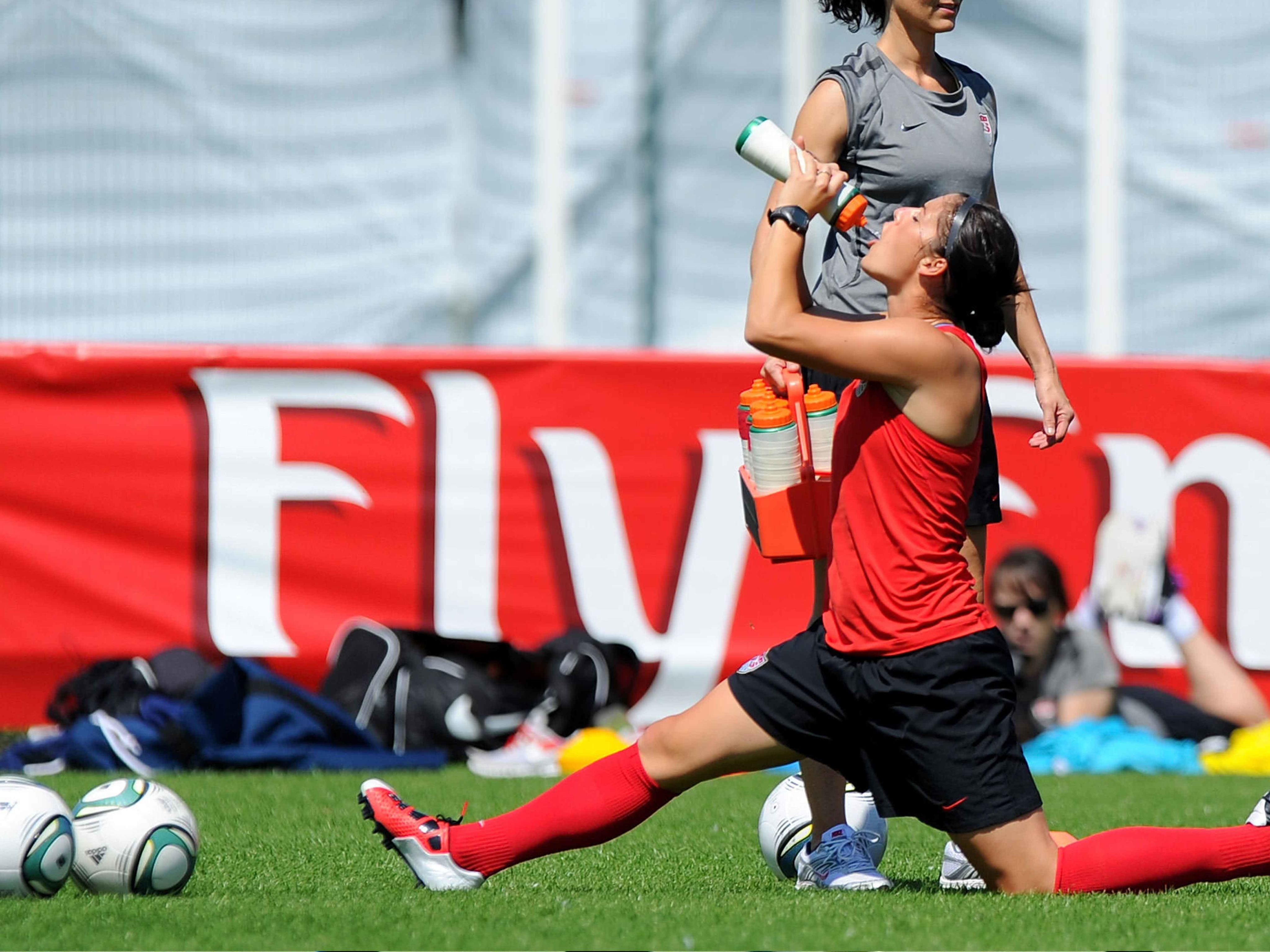
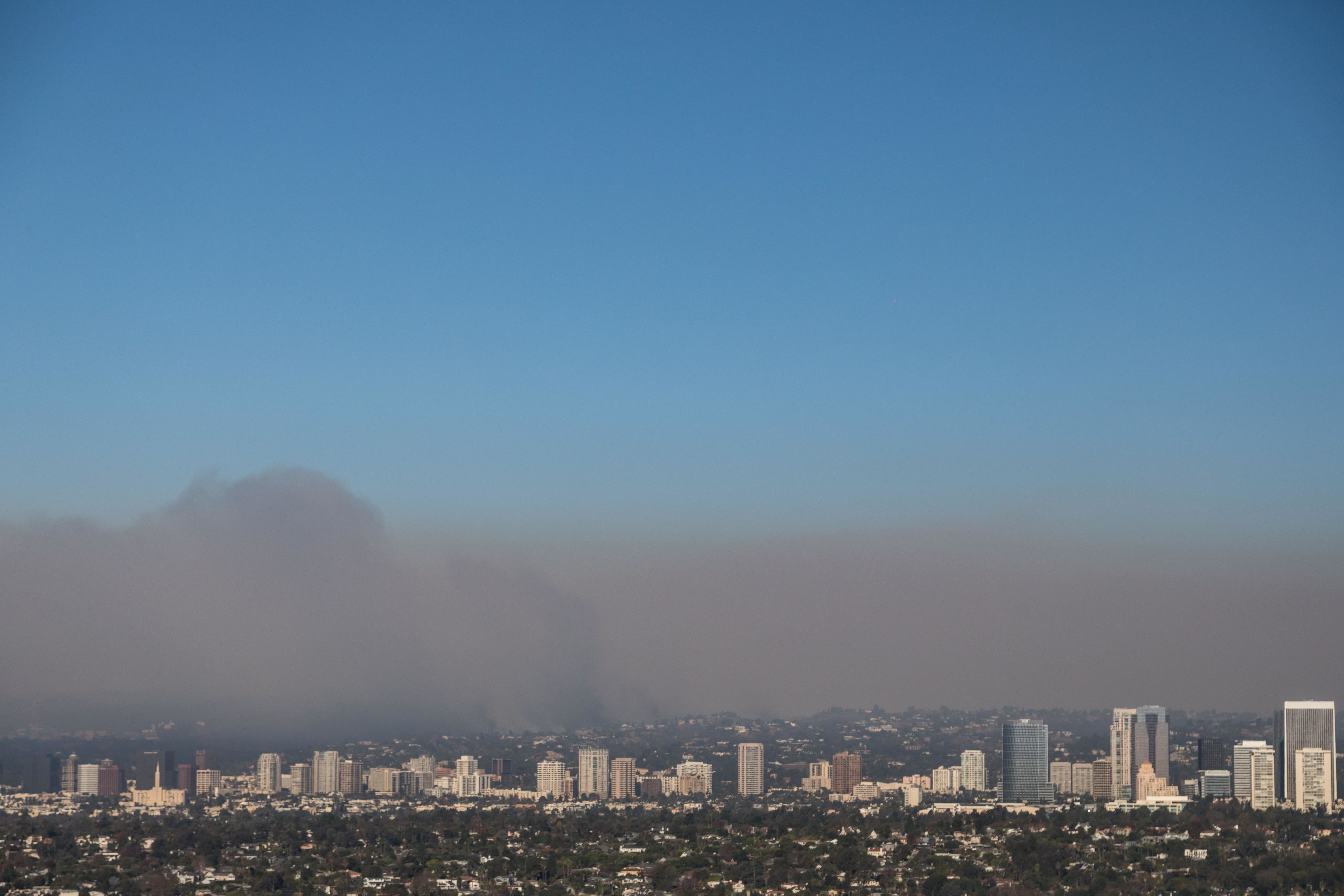
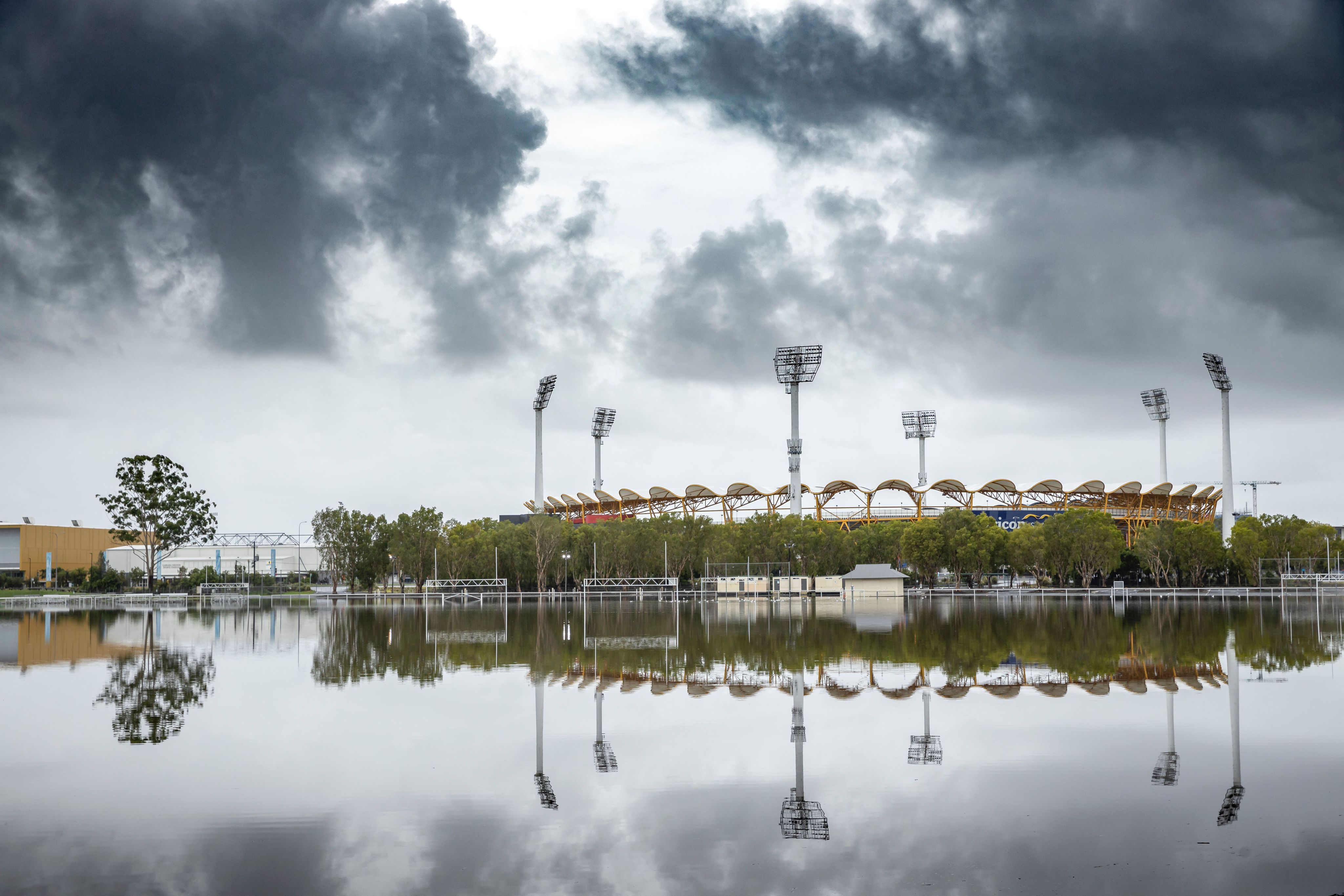
Four times the climate impacted mega sporting events
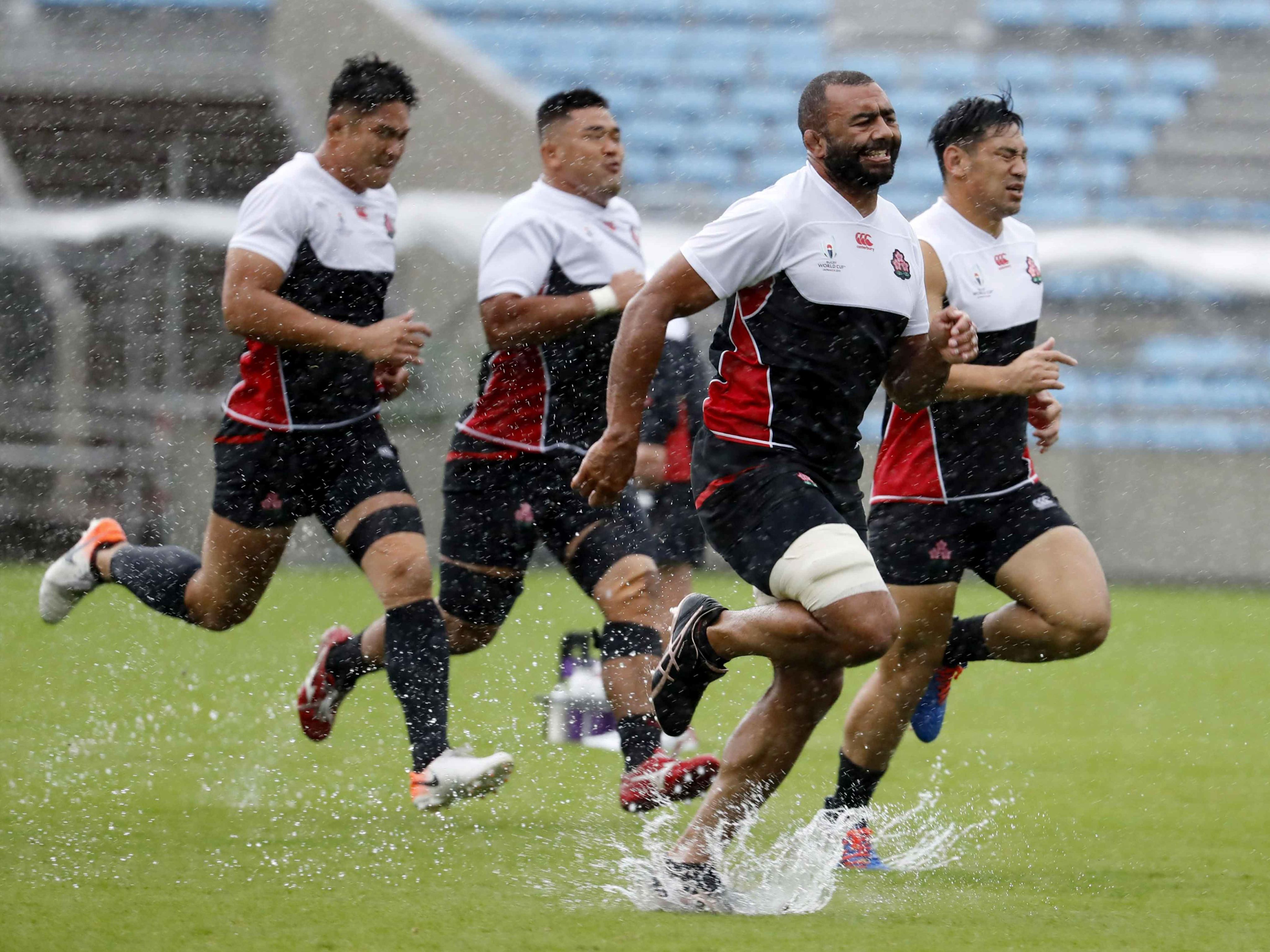
1. Rugby World Cup (2019)
Typhoon Hagibis caused two matches in the pool stages of the competition to be canceled. And it almost caused the cancellation of the crucial Pool A match between Japan and Scotland that decided which team would qualify for the knock-out rounds.

2. FIFA Men's World Cup qualifying (2012)
Heavy rain in Warsaw forced Poland's World Cup 2014 qualifying match with England to be postponed by 24 hours. The postponement meant that many fans couldn't attend.
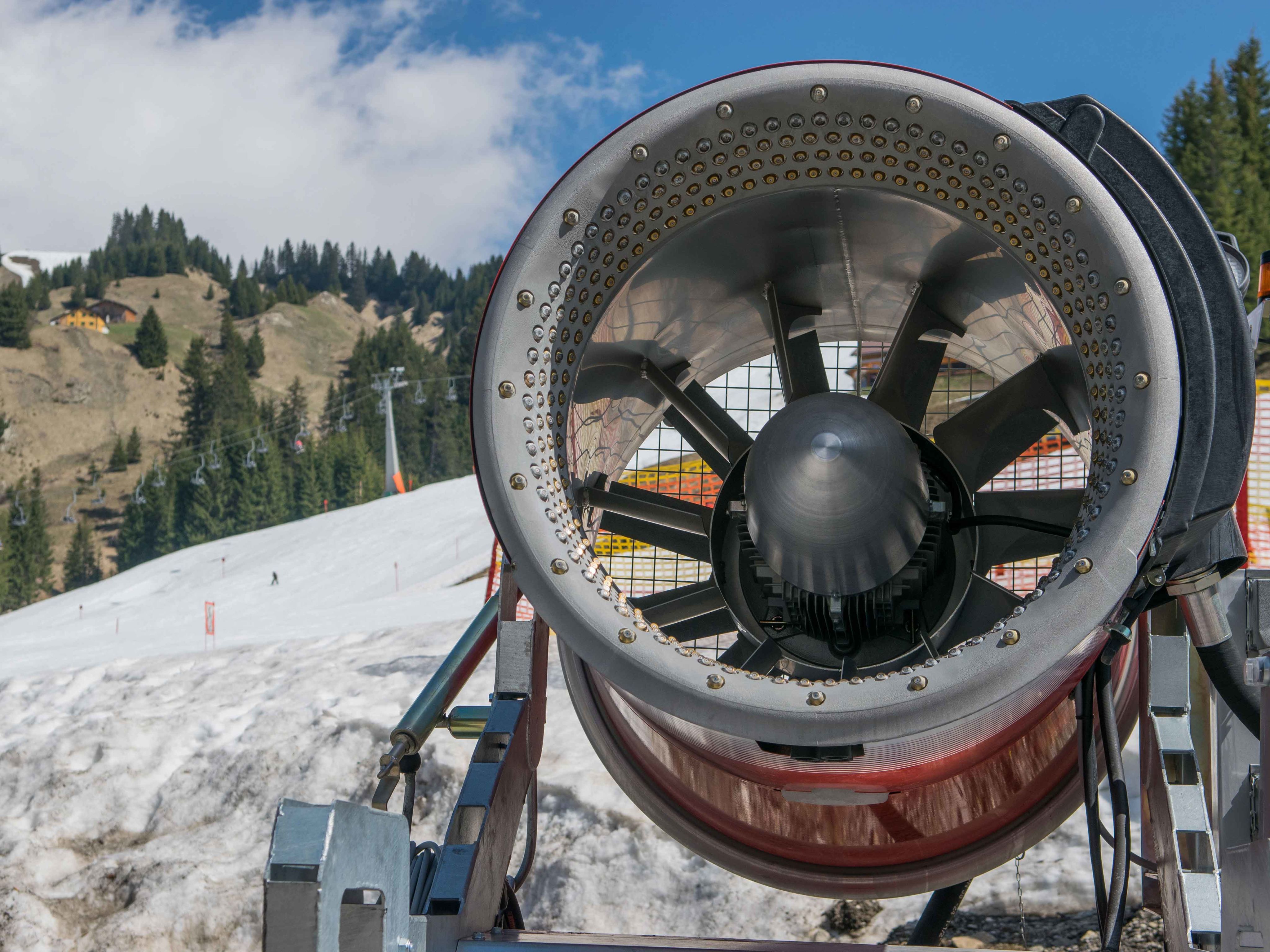
3. Winter Olympic Games (2010)
Record high January temperatures in the host city of Vancouver, Canada, meant that organizers had to transport snow to venues by helicopter and truck and use dry ice to stop snow from melting. This affected the conditions for athletes and contributed further to the Games' carbon footprint.
Subsequent Games have had similar issues.

4. Australian Open (various years)
In 2009, play was suspended several times as temperatures reached 113 F (45 C). In 2014, players withdrew because of the heat while hundreds of attendees were treated for heat-related illnesses. In 2020, bushfire smoke forced a player to retire with breathing problems.
Further reading:
Journals:
- Institutional pressures on the adoption of environmental practices: a focus on European professional football by Tiberio Daddi, et al. in Journal of Environmental Planning and Management
- Playing the climate game: climate change impacts, resilience and adaptation in the climate-dependent sport sector by Greg Dingle and Bob Stewart in Managing Sport and Leisure
- Predicting climate impacts to the Olympic Games and FIFA Men’s world cups from 2022 to 2032 by Walker J. Ross and Madeleine Orr in Sport in Society
- The green waves of environmental sustainability in sport by Brian P. McCullough, Michael E. Pfahl, and Sheila N. Nguyen in Sport in Society
Book chapters:
- Climate change and the future of international events: a case of the Olympic and Paralympic Games by Lisa M. DeChano-Cook, Fred M. Shelley in Routledge Handbook of Sport and the Environment edited by Brian P. McCullough and Timothy B. Kellison
- Environment and Sustainability in FIFA World Cups by Madeleine Orr, et al. in The Business of the FIFA World Cup edited by Simon Chadwick, et al.
- Summer sport and climate change by Paul Jurbala and Cheryl Mallen in Sport and Environmental Sustainability:
Research and Strategic Management edited by Greg Dingle and Cheryl Mallen
You might also like:
Insights and blogs
Social justice and sustainability
Find out about the content we publish, commitments we've made, and initiatives we support related to social justice and sustainability:
 China
China Africa
Africa
